Israel Scientists discovered the roughly 6,000-year-old crown, shaped like a thick ring, in a cave in the Judean desert in 1961.
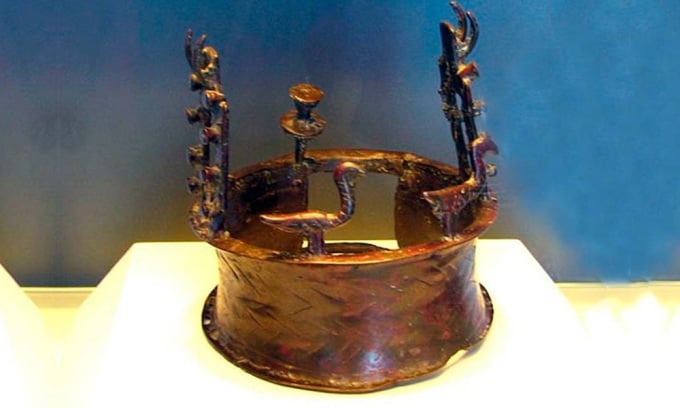
The world's oldest crown is part of the Nahal Mishmar treasure trove. Photo: Hanay/Ancient Origins
Crowns are often a symbol of power, strength, and leadership. They can be associated with high-status individuals such as rulers, chieftains, or religious figures. Wearing a crown is a visible symbol of a person's status and influence in society, or is part of important ceremonies and events.
The world's oldest crown is among more than 400 artifacts found in a cave in the Judean Desert, Israel, near the Dead Sea, in 1961, Ancient Origins reported on June 25. These artifacts are collectively known as the Nahal Mishmar antiquities.
In 2020, the crown was publicly displayed at New York University's Institute for the Study of the Ancient World in an exhibition. It dates back to the Bronze Age, around 4,000 - 3,500 BC.
The crown, shaped like a thick ring with carvings of vultures and raised doors, is believed by experts to have played a major role in the burial rites of important people of the period.
Other items from the Nahal Mishmar cache were likely used in rituals related to hunting, herding, agriculture, and protection. The great weight and value of the bronze artifacts indicate the high value of bronze in ancient society.
The Nahal Mishmar Hoard was discovered by archaeologist Pessah Bar-Adon. It was hidden in a natural crevice and wrapped in a reed mat, located in a cave north of Nahal Mishmar. There were a total of 442 artifacts including 240 mace heads, 100 scepters, crowns, gunpowder horns, tools, and weapons made from bronze, ivory, and stone.
Carbon-14 dating shows that the reed mat dates to at least 3,500 BC. During this period, the use of bronze became widespread throughout the Levant, demonstrating that technological developments also coincided with major social advances in the region.
The contents of the Nahal Mishmar hoard appear to have been hastily collected, leading experts to believe that they may be sacred treasures from the abandoned Bronze Age temple of Ein Gedi, located about 12 kilometers (7.5 miles) from the cave. They were most likely hidden in the cave as a last resort. The purpose and origin of the hoard remain a mystery.
Thu Thao (According to Ancient Origins )
Source link




![[Photo] Unique folk games at Chuong Village Festival](https://vstatic.vietnam.vn/vietnam/resource/IMAGE/2025/4/10/cff805a06fdd443b9474c017f98075a4)

![[Photo] April Festival in Can Tho City](https://vstatic.vietnam.vn/vietnam/resource/IMAGE/2025/4/10/bf5ae82870e648fabfbcc93a25b481ea)
![[Photo] Opening of the 11th Conference of the 13th Party Central Committee](https://vstatic.vietnam.vn/vietnam/resource/IMAGE/2025/4/10/f9e717b67de343d7b687cb419c0829a2)
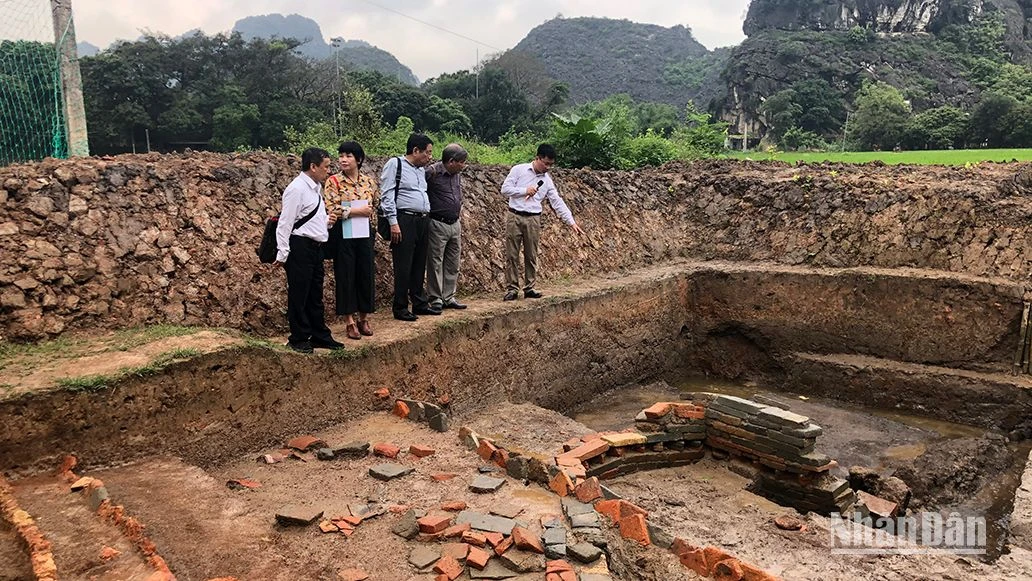

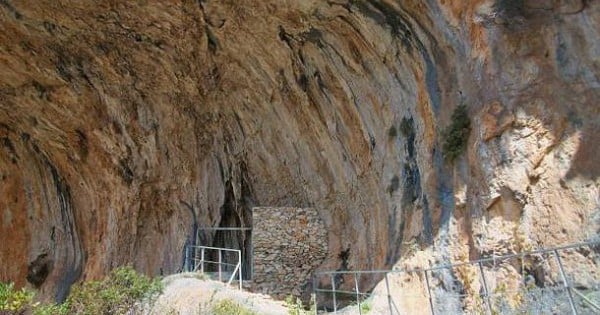

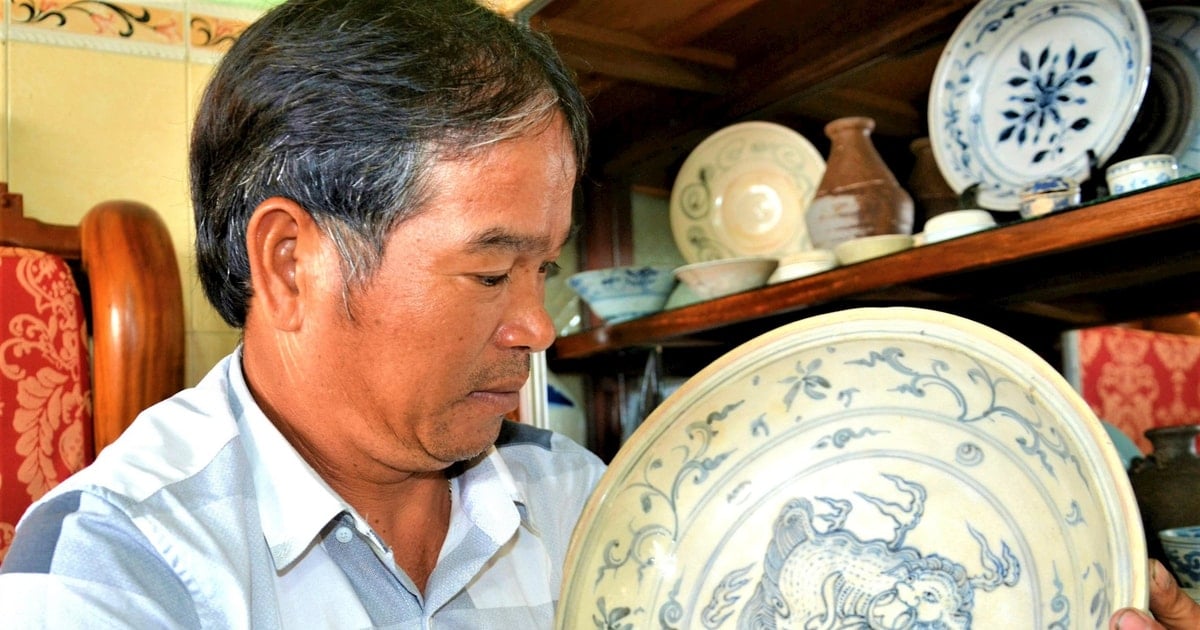




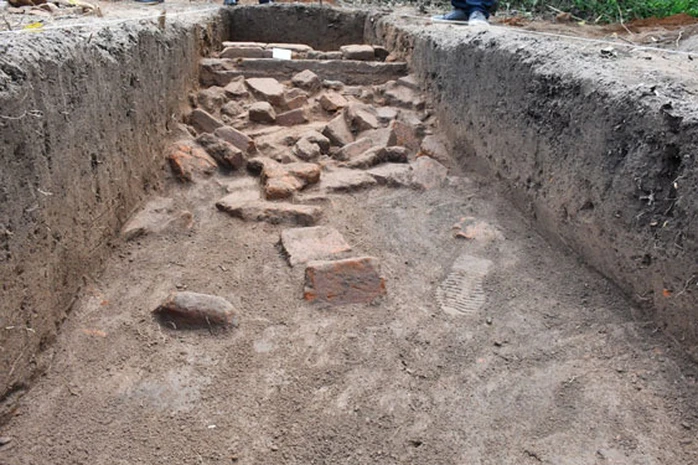













































































Comment (0)